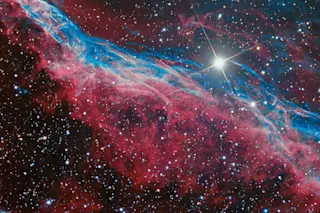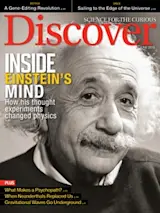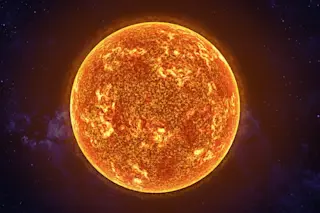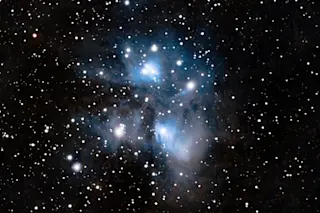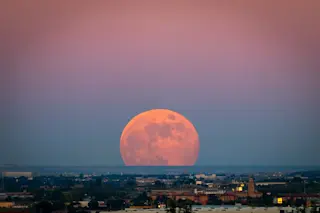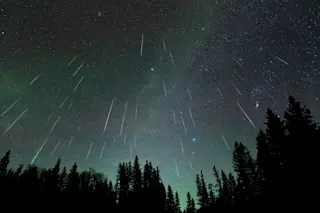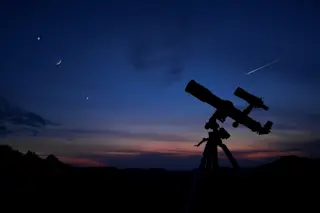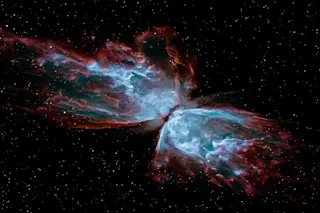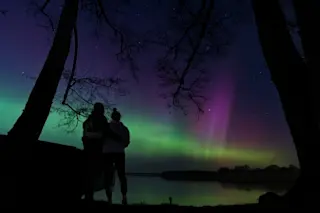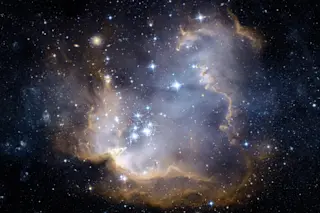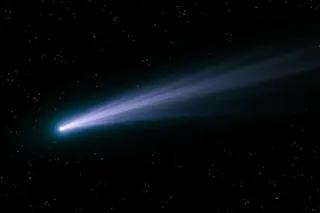A generation ago, many of these images could be taken only from mountaintop observatories or spacecraft. For instance, when the $1.5 billion Hubble Space Telescope revealed the stunning Pillars of Creation in 1995, amateur astrophotographers armed only with grainy film couldn’t come close to capturing such a sight. Today, one experienced amateur nearly matched Hubble’s photo using top-of-the-line astrophotography gear worth more than $60,000 — expensive, but a minuscule price compared with a major NASA project.
Rapid advances in digital camera technology have certainly helped, but cameras are only one tool in a very large box. A telescope mount needs computer control for pinpoint tracking. Powerful software is necessary to process huge image files. And everyone benefits from the Internet to share ideas, learn from one another and even to use websites that calculate exactly where to be and when to get the perfect shot.
The pictures on these pages ...


